Pendleton Inspiration
18 months ago my family visited the Chihuly Gardens and Glass in Seattle. The first room of the museum has this striking wall of Pendleton blankets. These blankets are a huge source of inspiration for Dale Chihuly and his glass work. His gigantic collection is displayed here and at his home. I was equally mesmerized by the wall of blankets as the glass. The colors and patterns captivated my attention and remain inspiring.
This American company is a classic piece of our history as a design icon. I would like to share some of the pieces that most represent the Pendleton woolen mill in our history. These blankets represent so much history, western heritage and become a collectible heirloom passed down from generation to generation as a piece of the textile arts.
Since the early 1900s, Pendleton Woolen Mills has honored America’s National Parks with a collection of distinctive park blankets. Glacier Park National Park Blanket was one of the first. Its historic markings and colors date back to the frontier trading posts. Traders would indicate the weight of the blanket offered in exchange for furs by holding up one finger for each pound. The original blankets incorporated three, four or five black stripes in the design, which indicated the value of the blanket. Colors and variations of the original striped theme have been adapted to reflect distinguishing characteristics of each park and blanket in the collection. National Park Blankets are still woven at the original Pendleton Woolen Mill in the foothills of Oregon’s Blue Mountains, just as they were more than 100 years ago.
For more than 400 years, Mexican men have worn the blanket-like shawl known as a “serape” or “sarape.” Over the centuries it was used by soldiers and cowboys, aristocrats and farmers as both garment and blanket – admired for its function and its beauty. Fine yarns made it lighter in weight than other blankets and unbalanced stripes of varying widths provided the characteristic serape pattern. Our classic stripe is reminiscent of the traditional serape stripes of Hispanic weaving of Saltillo, a city in Northeastern Mexico where serape weaving thrived.
In Conejos County, Colorado, there’s an ancient mine known for its unique turquoise–a brilliant shade of emerald green, shot with a matrix of golden stone. In the late 1800s the pioneer settlers who plumbed its depths knew it as Manassa. But perhaps a thousand years earlier, ancient Pueblans worked the mine for its richly colored treasure–green turquoise traded by the Anasazi and used in beads and animal fetishes. In the late 1800s Navajo silversmiths began to fashion this and traditional turquoise into elegant jewelry. Today green turquoise may still be found in southwest Colorado and Nevada. And throughout the Southwest, Navajo artisans continue to create beautiful, sought-after jewelry–some from this stunning gemstone. Our brilliant green blanket commemorates the miners, stonecutters and artisans of the American West and the Native American silversmiths who still fashion these stones into jewelry and talismans. Traditional Native American directional crosses, arrows, diamond shapes and weaving patterns of Navajo, Hopi and Zuni artists are incorporated into a classic 9-element design from our archives. Unnapped. Twin is felt-bound, other sizes have Ultrasuede® trim.
The directional cross, symbolizing the four cardinal directions, is the defining element in our Compass Stripe blanket. Powers and teachings are ascribed to each direction both literally and symbolically in many Native American cultures. The Lakota assign the seasons–spring comes from the East bringing enlightenment; summer from the South with innocence, fall from the West with power and winter from the North with wisdom. The Apache attribute earth, air, water and fire as well as ancestral spirits and animal totems to the directions. To the Navajo, dawn in the East is our thinking direction, South our planning direction. West is living and acting on our thoughts. The North is a source of satisfaction–it’s where we evaluate what we began in the East and decide whether we are on the right path. When these elements are in balance, as in this pattern, all is well with the world. Woven in our American mills. 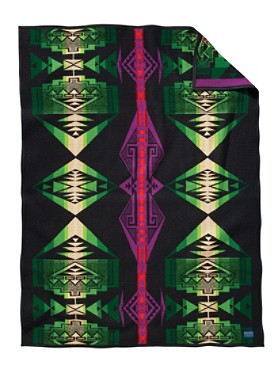
Racine Woolen Mills Tribute #4
A striking silhouette of a Native American Chief is the central image of this unique, circa 1920s design. The original, vintage blanket was discovered and sent to us by Indian trade blanket collector and author Barry Friedman. We are delighted to reproduce this fascinating blanket. The feathered headdress was a ceremonial war bonnet worn only by chiefs and warriors. The war bonnet was common among Plains Indian men–Sioux, Crow, Blackfeet, Cheyenne and Cree–but was seldom worn on the battlefield. Reserved for formal occasions, the golden eagle-feather war bonnet was a spiritual symbol of a man’s courage and honor. It was a sign of respect that could be bestowed only by the tribe’s elders. The bonnet was also believed to protect the wearer. Later, other Native American tribes adopted the headdress as simply a sign of authority and perhaps as a nod to tourism. Today, a brave or good deed may still be rewarded with an eagle feather. Napped, felt binding. 82% pure virgin wool/18% cotton. Dry clean. Made in the USA. 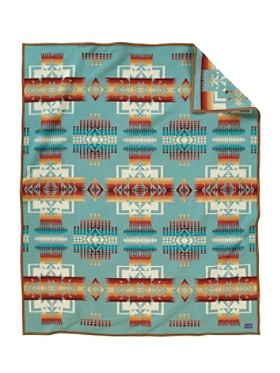
First made in the 1920s, the Chief Joseph blanket is one of the oldest, on-going blankets made by Pendleton Woolen Mills. The blanket pattern celebrates the heroism of the Northwest’s great Nez Perce leader, Chief Joseph. Its design is balanced with arrowheads symbolizing bravery and pointing in all directions of Mother Earth. The Chief Joseph is a woven jacquard that is reversible to offer two dramatically different looks. Design is vertical on king blanket.
Head to the website to see so much more.
On this cold day I would love this cloak….
It’s a high style conversation starter that also will keep you warm through the coldest winter. Several years ago clothing designer Lindsey Thornburg made her first cape from a vintage Pendleton blanket given to her by her Grandfather. This year Pendleton is thrilled to offer this practical masterpiece crafted from our iconic Glacier Park blanket. The cloak has a wide sweep, self lining, oversized hood and bell sleeves that allow for comfortable layering over a sweater. Big patch pockets hold loads of necessities. Horn toggles are an artisan finishing touch.
Sorry, the comment form is closed at this time.



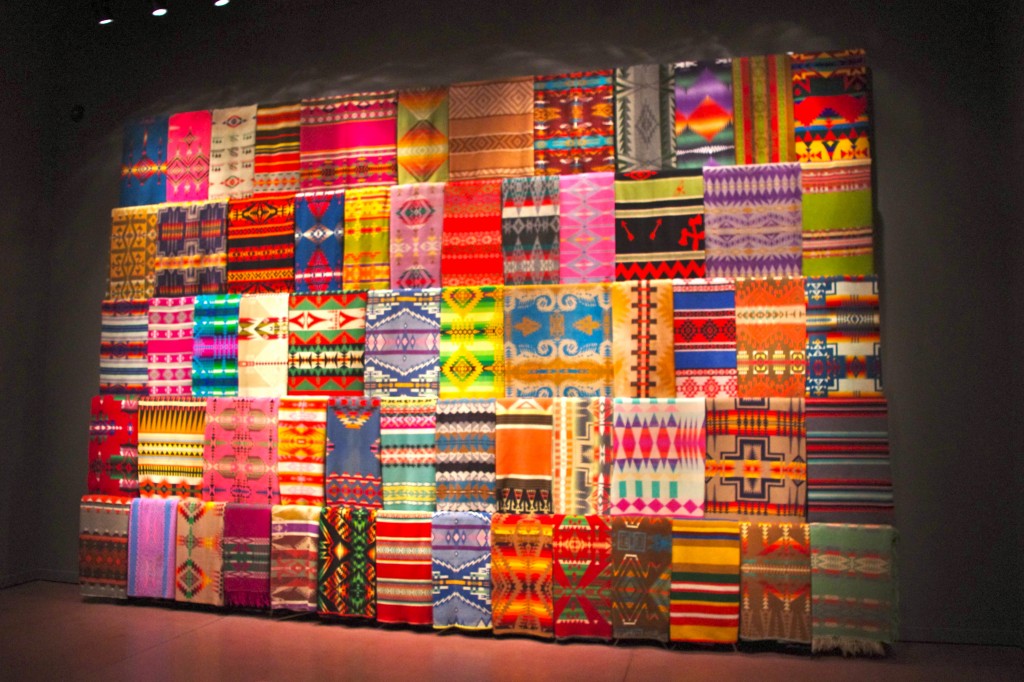
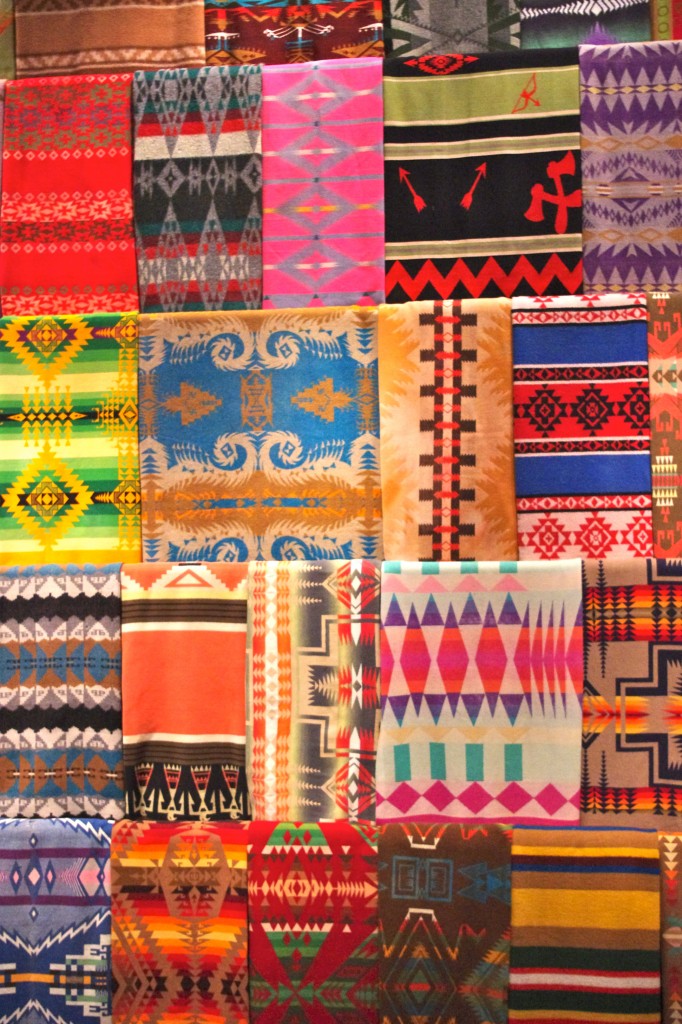
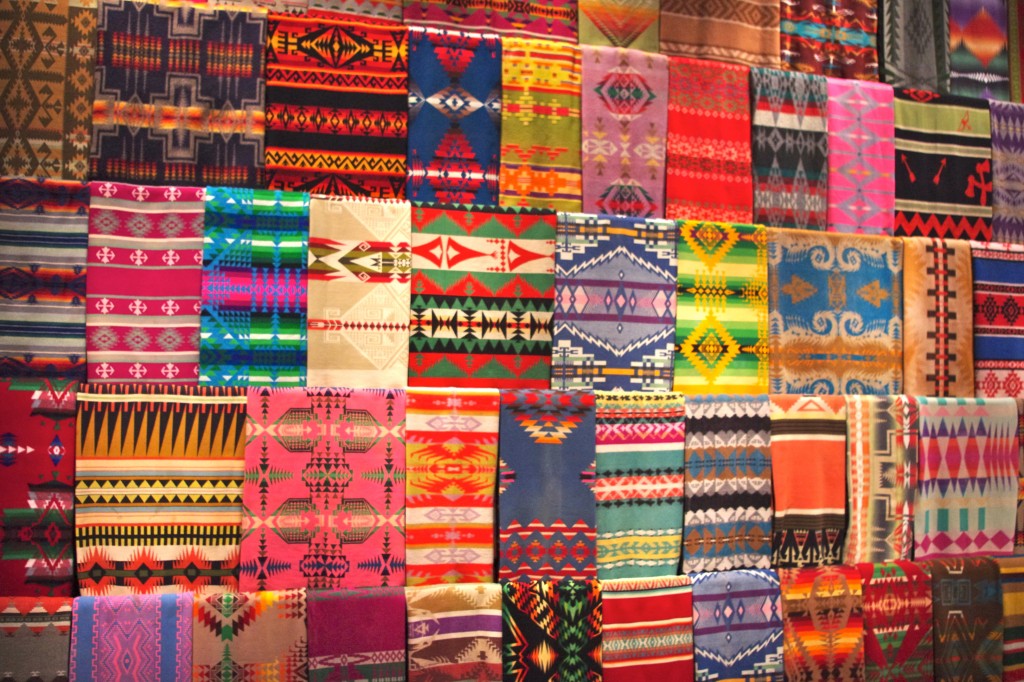

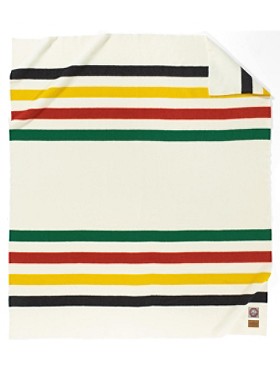
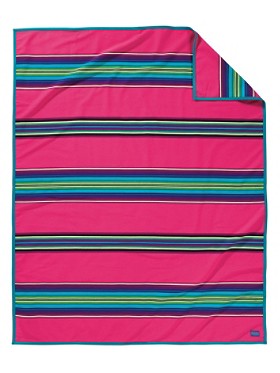
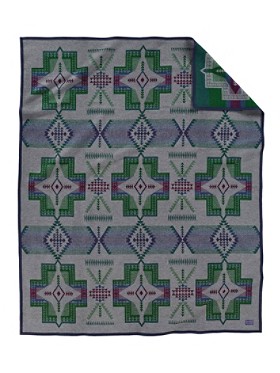
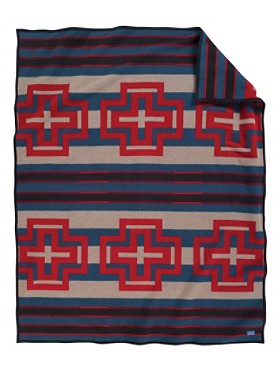
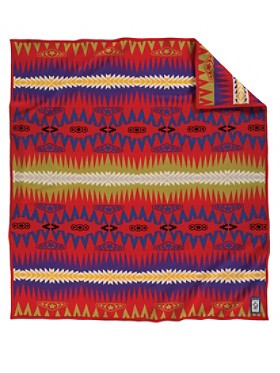
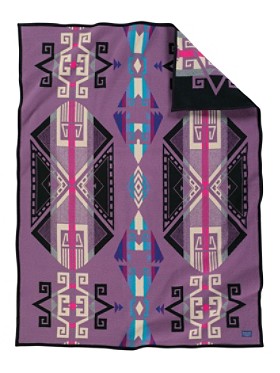
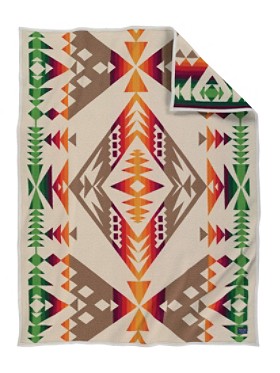
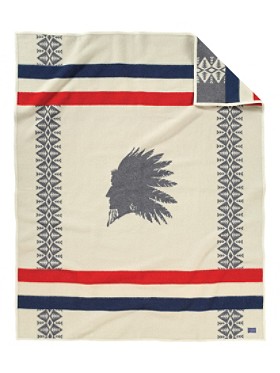
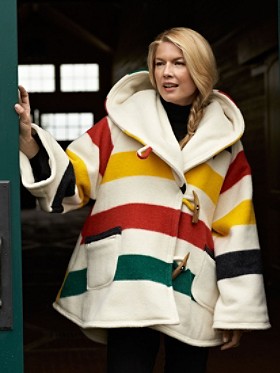
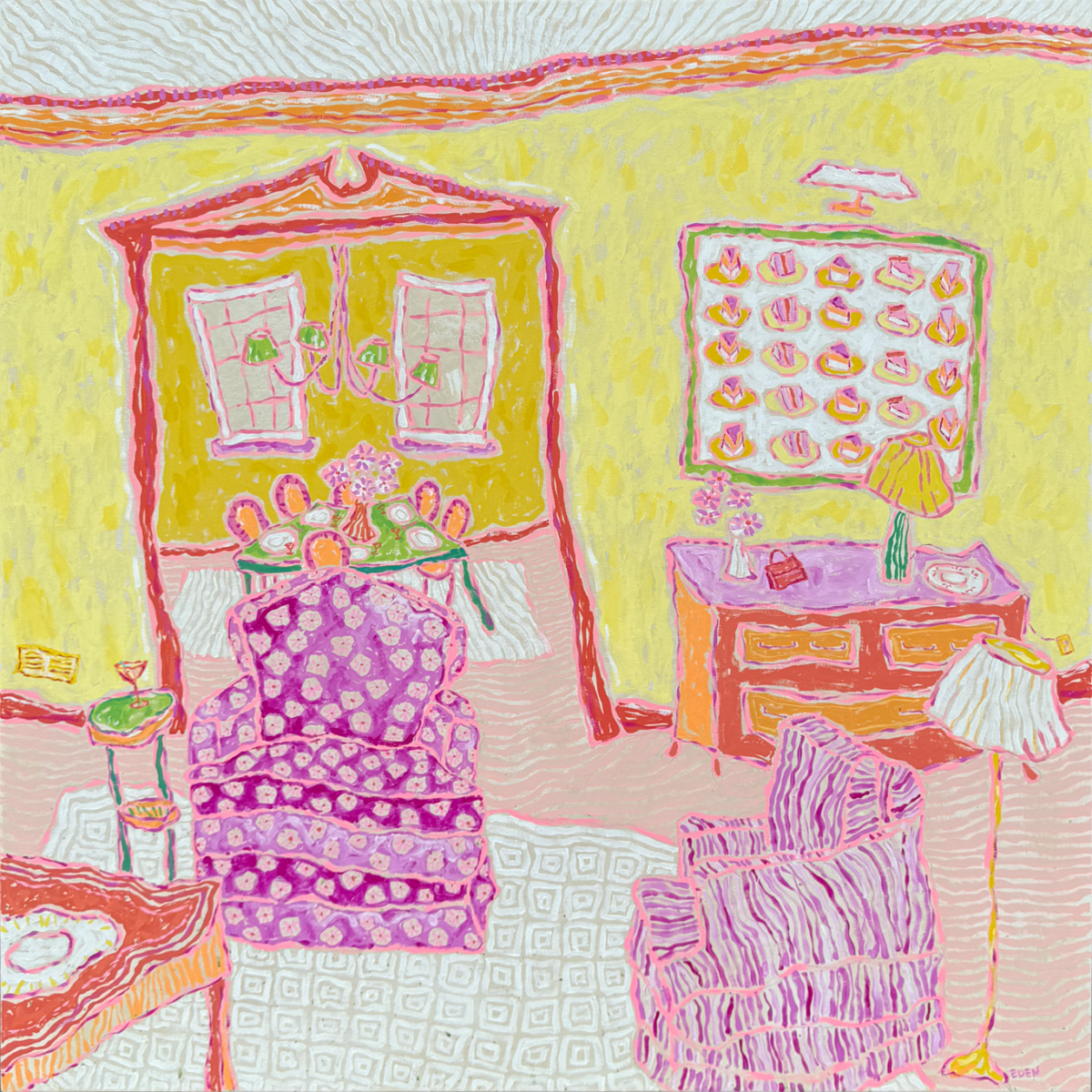
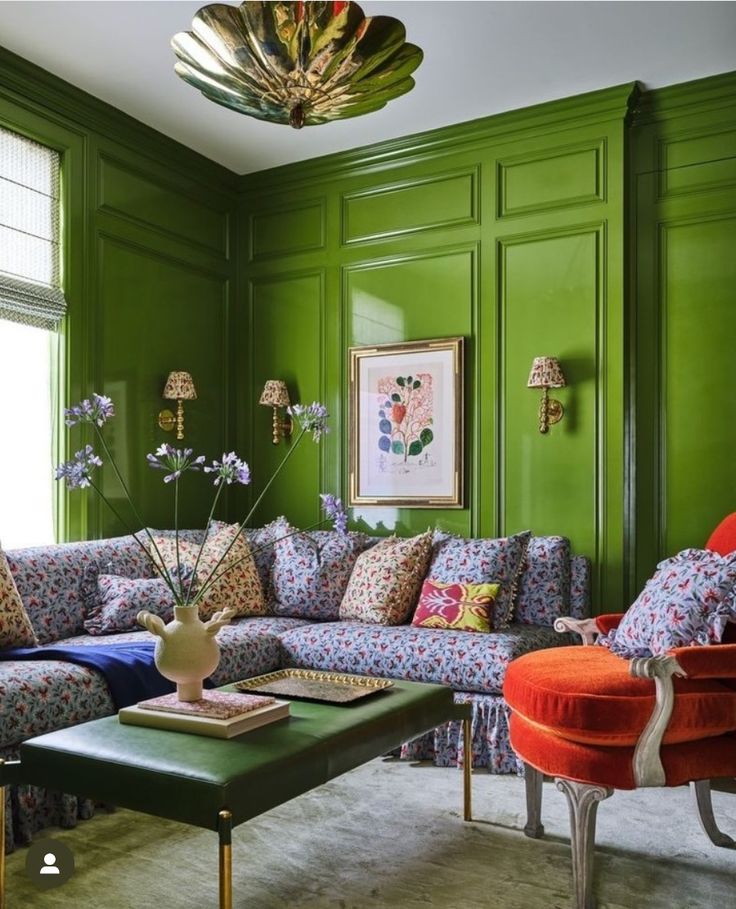
Homepage
… [Trackback]
[…] There you will find 16073 more Infos: theenglishroom.biz/2013/11/25/pendleton-inspiration/ […]